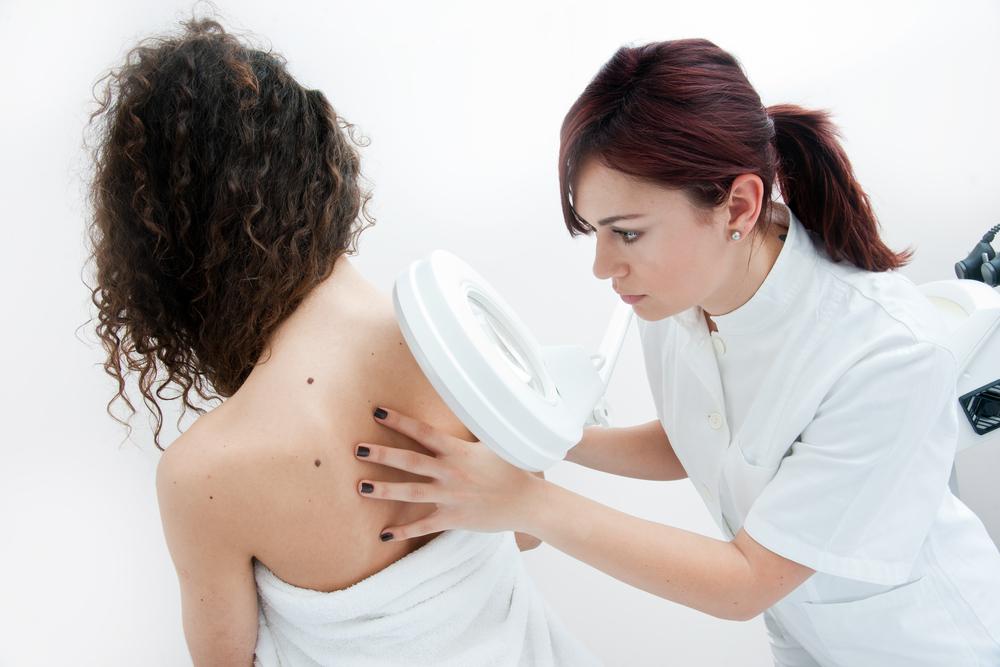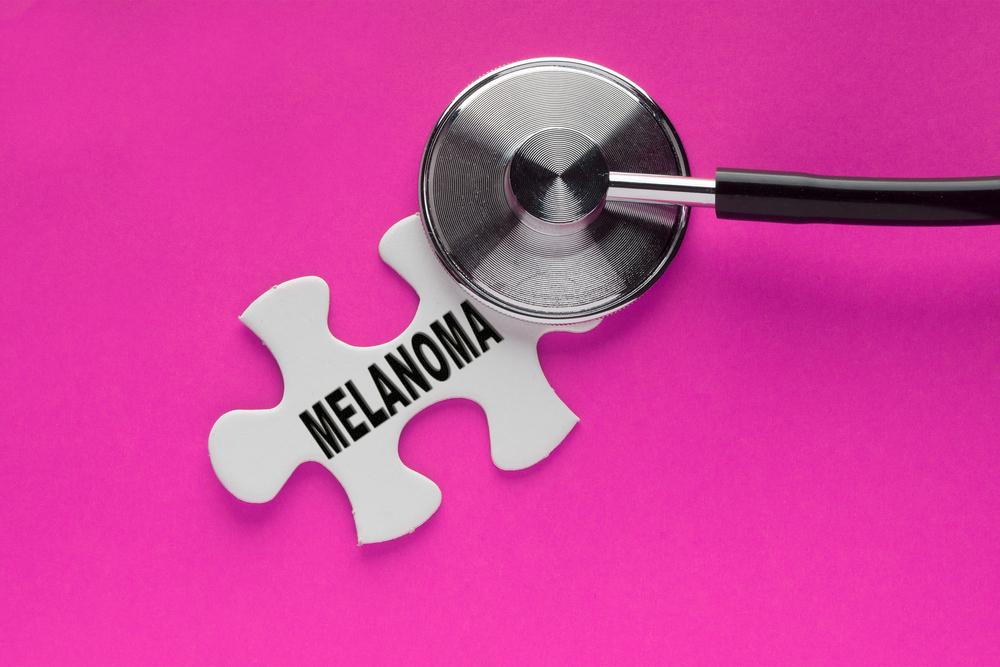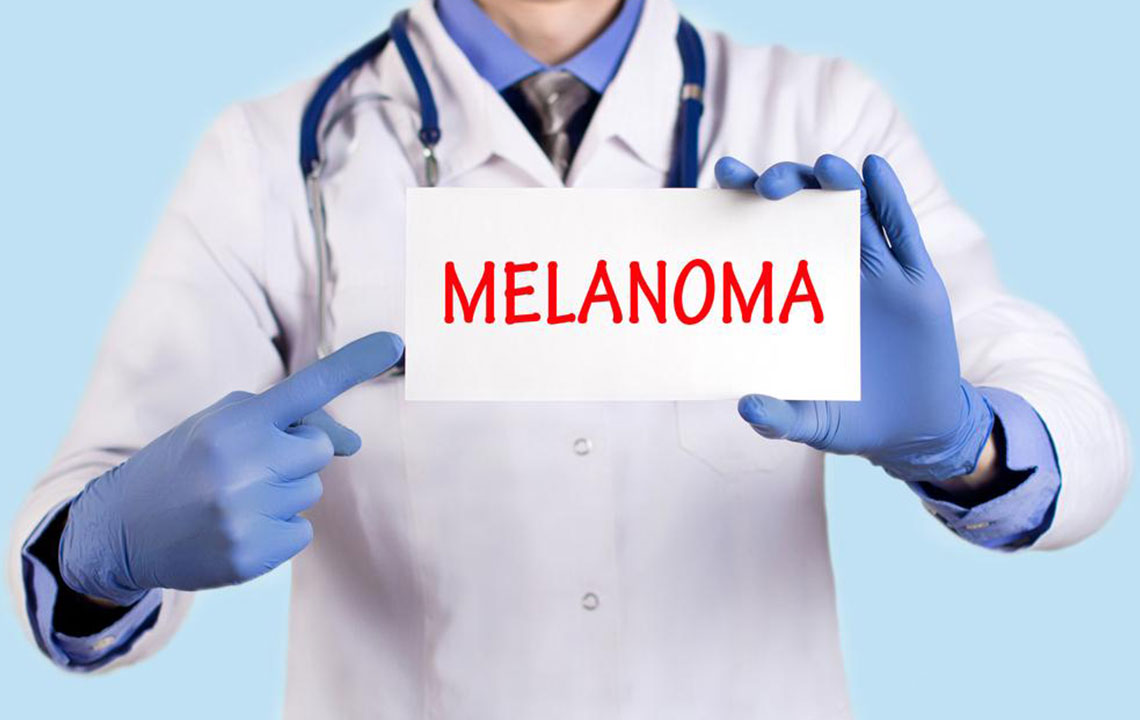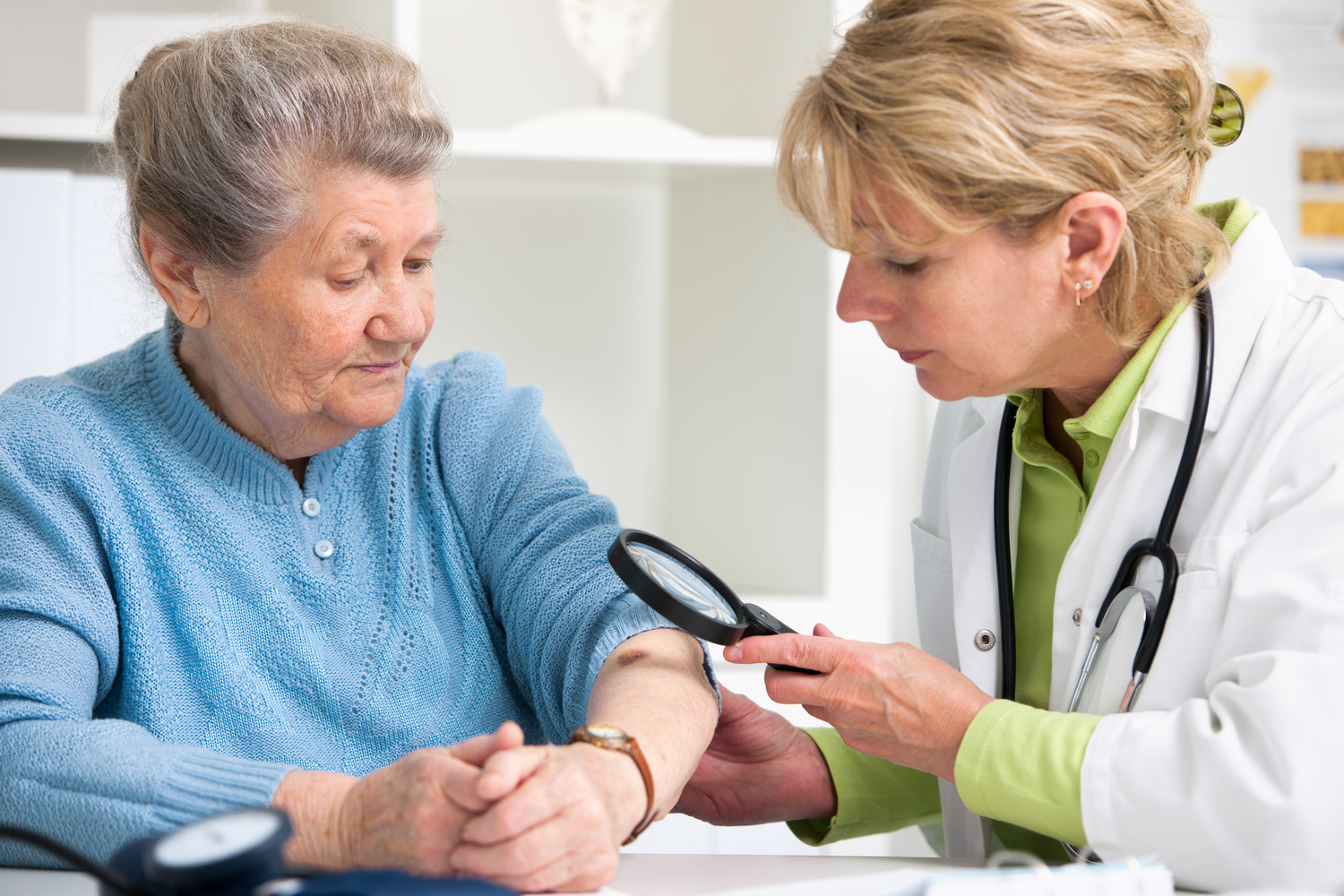Comprehensive Guide to Melanoma: Causes, Early Warning Signs, and Prevention Strategies
This comprehensive guide provides in-depth information on melanoma, focusing on its causes, early warning signs, and effective prevention strategies. Understanding risk factors like UV exposure, genetics, and skin type helps in early detection and timely treatment. The article emphasizes the importance of regular skin examinations, protective measures, and advances in treatment options, empowering readers to take proactive steps for their skin health and reduce the risk of melanoma effectively.
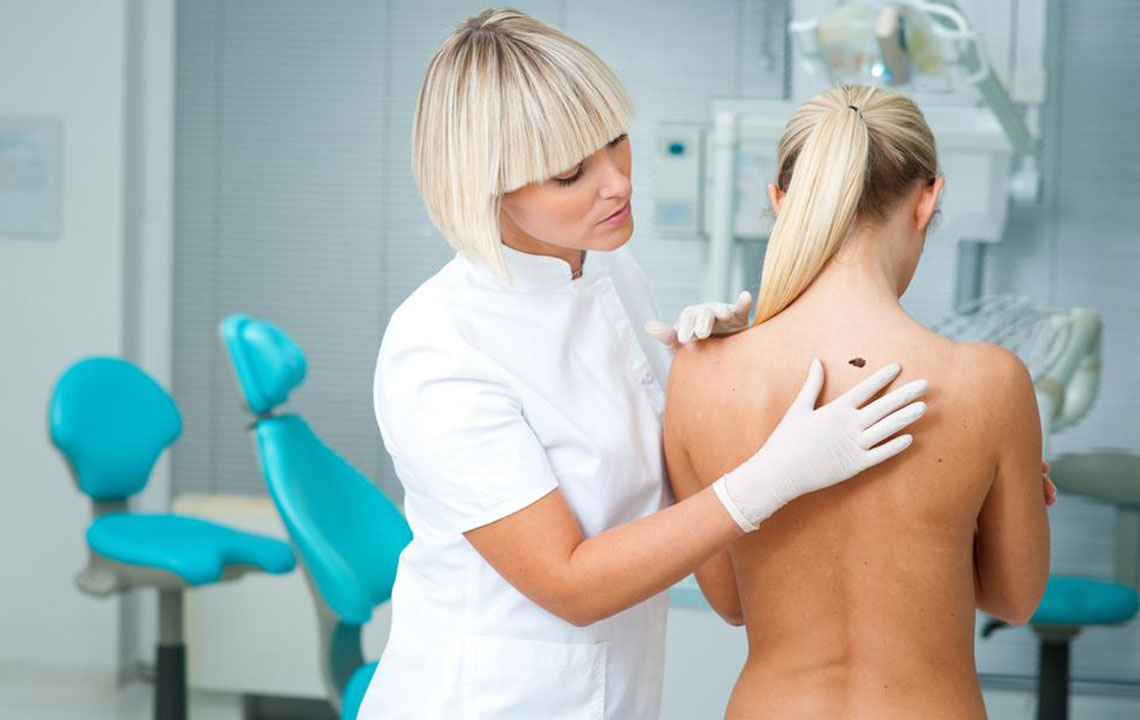
Comprehensive Guide to Melanoma: Causes, Early Warning Signs, and Prevention Strategies
Melanoma represents one of the most aggressive and potentially deadly forms of skin cancer. It originates from melanocytes, the pigment-producing cells in the skin, which can undergo abnormal changes leading to malignant tumors. While it is most commonly associated with skin, melanoma can also develop in other parts of the body, such as the eyes (ocular melanoma) and internal organs, though skin melanoma remains the most prevalent form.
Understanding the intricate causes of melanoma and recognizing its early warning signs are critical for early detection and effective treatment. Early diagnosis can dramatically improve prognosis, reduce the need for aggressive treatments, and save lives. This comprehensive guide delves deeply into the various factors that contribute to melanoma development, the visual and physical signs to watch for, and strategies to prevent this serious condition.
What Is Melanoma?
Melanoma is a type of skin cancer that arises from melanocytes, the cells responsible for producing melanin—the pigment that gives skin its color. Although it accounts for a small percentage of skin cancer cases, melanoma is responsible for the majority of skin cancer-related deaths due to its high propensity to spread to other parts of the body (metastasize).
Typically, melanoma begins as an abnormal mole or pigmented spot that changes in size, shape, or color over time. It can appear anywhere on the body, but certain areas such as the back, legs, arms, and face are more commonly affected. The condition can progress quickly if not detected early, emphasizing the importance of awareness and proactive health monitoring.
Key Causes and Contributing Factors of Melanoma
Multiple environmental, genetic, and lifestyle factors influence the risk of developing melanoma. By understanding these aspects, individuals can make informed choices to reduce their chances of developing this serious disease.
Excessive Sun Exposure and Ultraviolet (UV) Radiation
One of the most significant environmental triggers for melanoma is exposure to ultraviolet (UV) radiation from the sun. UV rays can penetrate deep into the skin, causing direct DNA damage within skin cells. Repeated overexposure can lead to mutations that accumulate and eventually transform normal melanocytes into cancerous cells.
The risk increases with prolonged exposure, especially during peak sunlight hours, typically between 10 a.m. and 4 p.m. It is particularly concerning for individuals who spend considerable time outdoors without adequate sun protection. The use of sun protection measures, such as broad-spectrum sunscreens, protective clothing, and seeking shade, is essential to mitigate UV-related damage.
Artificial UV Sources and Tanning Practices
In addition to natural sunlight, artificial UV sources such as tanning beds and sunlamps significantly elevate the risk of melanoma. Many teenagers and young adults frequently use tanning beds to achieve darker skin tones, unaware of the dangers involved. Research shows that artificial tanning increases the likelihood of developing melanoma, especially if usage begins at a young age.
Health professionals strongly advise against the use of tanning beds and promote safe tanning alternatives, such as spray tans or bronzers.
Genetic Predisposition and Family History
Genetics play a crucial role in melanoma risk. Individuals with a family history of melanoma or other skin cancers are at a higher risk of developing the disease themselves. Inherited genetic mutations can affect how skin cells respond to UV damage or repair DNA, thereby increasing susceptibility.
Genetic testing and family health history assessments can help identify at-risk individuals, promoting closer monitoring and preventive measures.
Skin Type and Personal Characteristics
People with fair skin, light-colored eyes, red or blonde hair, and those who freckle easily tend to be more vulnerable to UV damage. These skin types have less melanin, the pigment that provides some natural protection against UV radiation.
Recognizing the Early Signs of Melanoma
Early detection plays a pivotal role in successful treatment. Being able to identify suspicious skin changes can save lives. Regular skin examinations, both self-conducted and by healthcare professionals, are vital for early diagnosis.
Unusual or new moles that exhibit irregular borders, multiple colors, and asymmetrical shapes.
Existing moles that change in size, shape, or color over time.
Spreading or bleeding moles that develop new features.
Sticky or scaly patches that do not heal, reminiscent of persistent sores.
Dark streaks or pigmentation spreading beyond the original mole area.
Any lesion that itches, burns, or causes discomfort without healing.
If you observe any of these signs, it is critical to seek immediate medical attention. Early diagnosis often involves a biopsy, followed by appropriate treatment measures such as surgical removal, immunotherapy, targeted therapy, or radiation.
Prevention Strategies to Reduce the Risk of Melanoma
Proactive prevention is the best approach to combating melanoma. Implementing protective measures can significantly decrease the likelihood of developing this aggressive skin cancer.
Consistently use broad-spectrum sunscreen with an SPF of 30 or higher, applying generously and reapplying every two hours, especially after swimming or sweating.
Wear protective clothing such as wide-brimmed hats, long-sleeved shirts, and UV-protective glasses when outdoors.
Seek shade during peak sunlight hours to minimize direct UV exposure.
Avoid the use of tanning beds and artificial tanning devices entirely.
Perform regular skin self-examinations to identify any new or changing moles; utilize mirrors or ask a partner for assistance.
Schedule annual skin checks with a dermatologist, especially if you are at higher risk due to family history or skin type.
Advances in Melanoma Treatment
The landscape of melanoma treatment has evolved remarkably over recent years. Targeted therapies and immunotherapy have revolutionized patient outcomes, especially for advanced melanoma cases. Early detection remains the cornerstone of effective treatment, but ongoing research continues to offer hope for more effective, less invasive treatment options in the future.
In summary, melanoma is a serious health concern that requires awareness, early detection, and prevention. Recognizing the causes, understanding the warning signs, and adopting protective measures can make a significant difference in outcomes. Stay vigilant, protect your skin, and consult healthcare professionals promptly if any suspicious changes occur.
